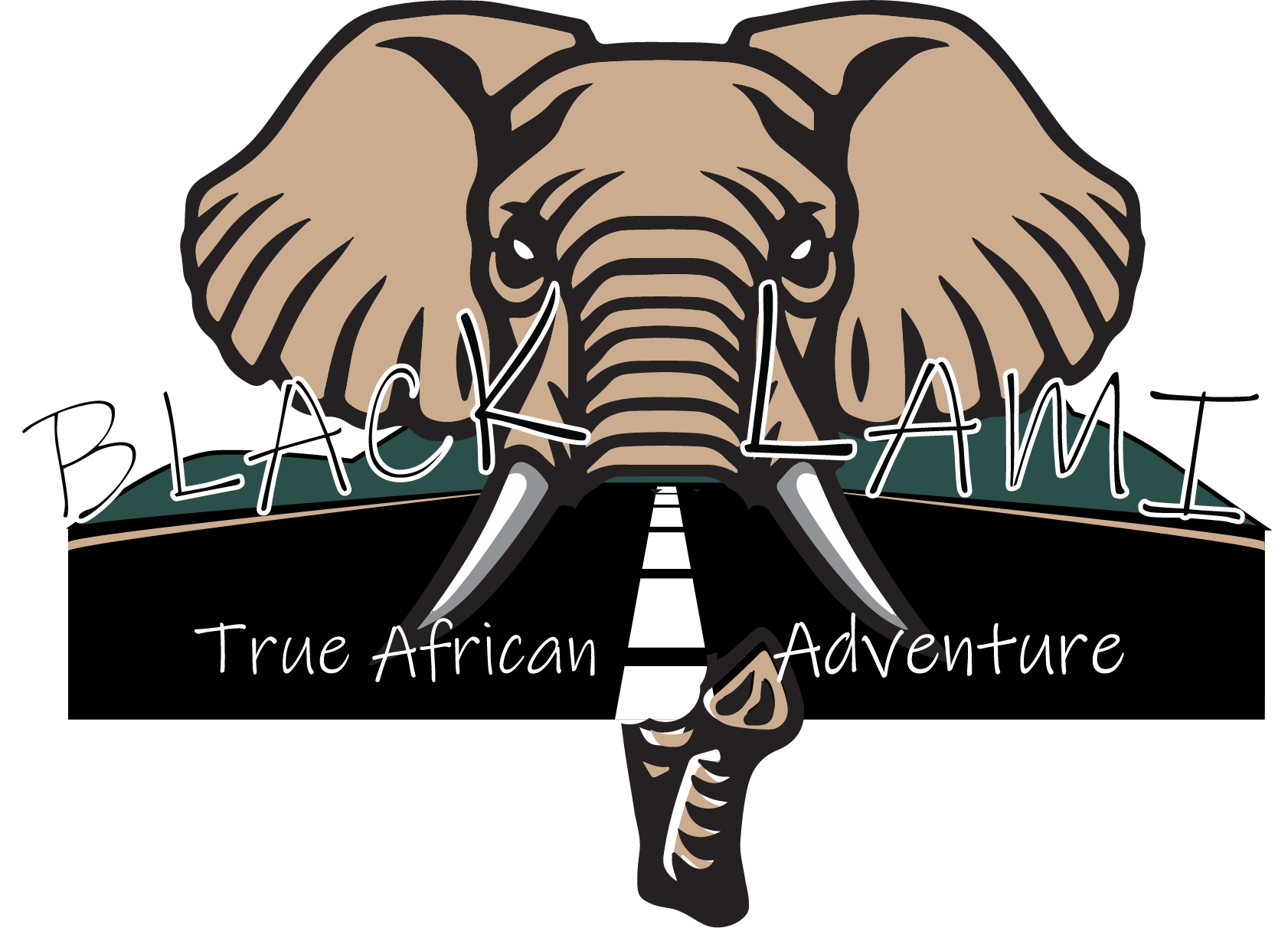Key Features
1. Ngorongoro Crater
The centerpiece of the conservation area is the Ngorongoro Crater, the world’s largest intact volcanic caldera. Formed millions of years ago, the crater is about 20 kilometers in diameter and is home to a diverse array of wildlife.
2. Diverse Ecosystems
The conservation area encompasses various ecosystems, including:
- Grasslands: Ideal for grazing herbivores like wildebeest and zebras.
- Forests: Home to elephants and various bird species.
- Wetlands: Vital for the region’s waterfowl and other aquatic life.
3. Rich Wildlife
Ngorongoro is famous for its abundant wildlife, including:
- Big Five: Lions, elephants, buffaloes, leopards, and rhinoceroses are all found here.
- Endangered Species: The area is a critical habitat for the East African black rhinoceros.
Activities
1. Game Drives
Explore the crater and surrounding areas on guided game drives to observe wildlife in their natural habitat. The crater floor provides some of the best wildlife viewing in Africa.
2. Walking Safaris
Experience the landscape on foot with guided walking safaris, offering a chance to appreciate the flora and smaller wildlife up close.
3. Cultural Experiences
Visit Maasai villages to learn about their traditions and lifestyle, providing a deeper understanding of the region’s cultural heritage.
4. Photography
The breathtaking landscapes and abundant wildlife make Ngorongoro a perfect destination for photography enthusiasts.


